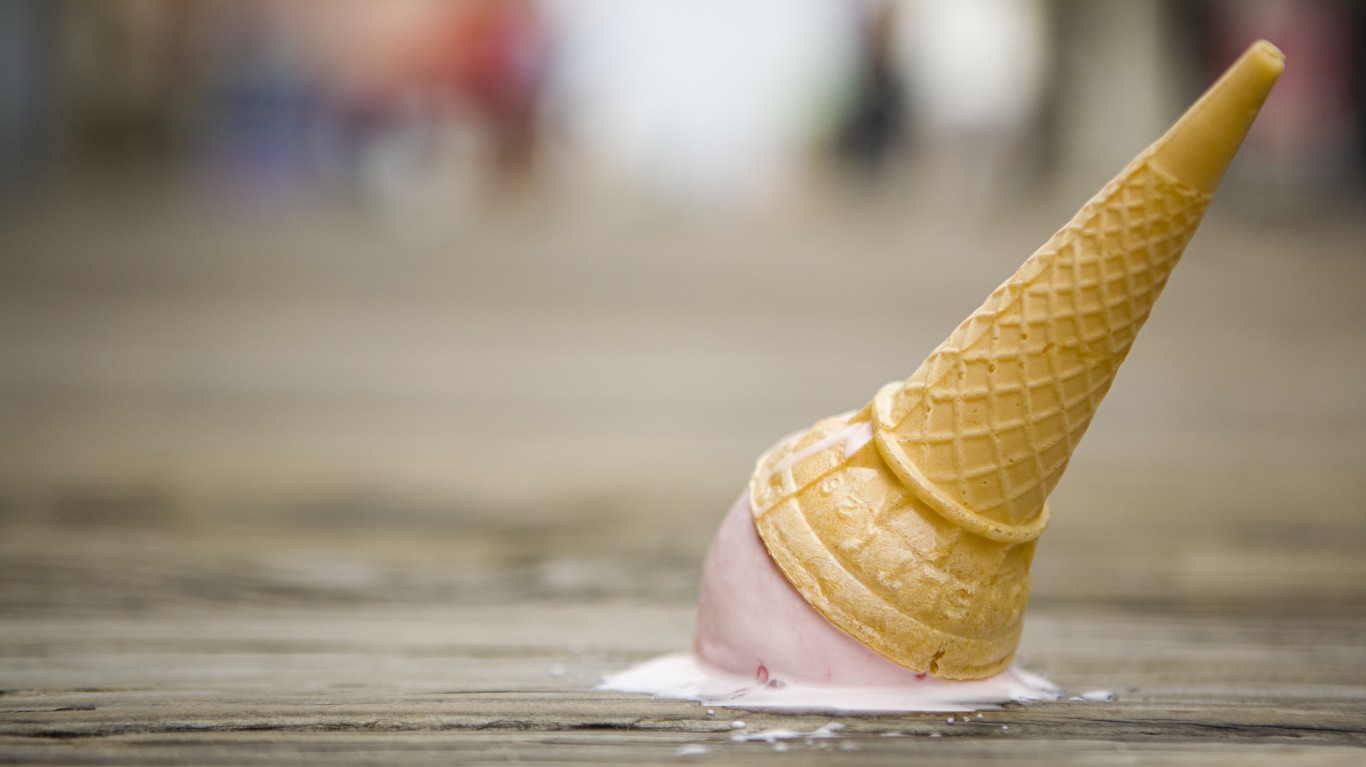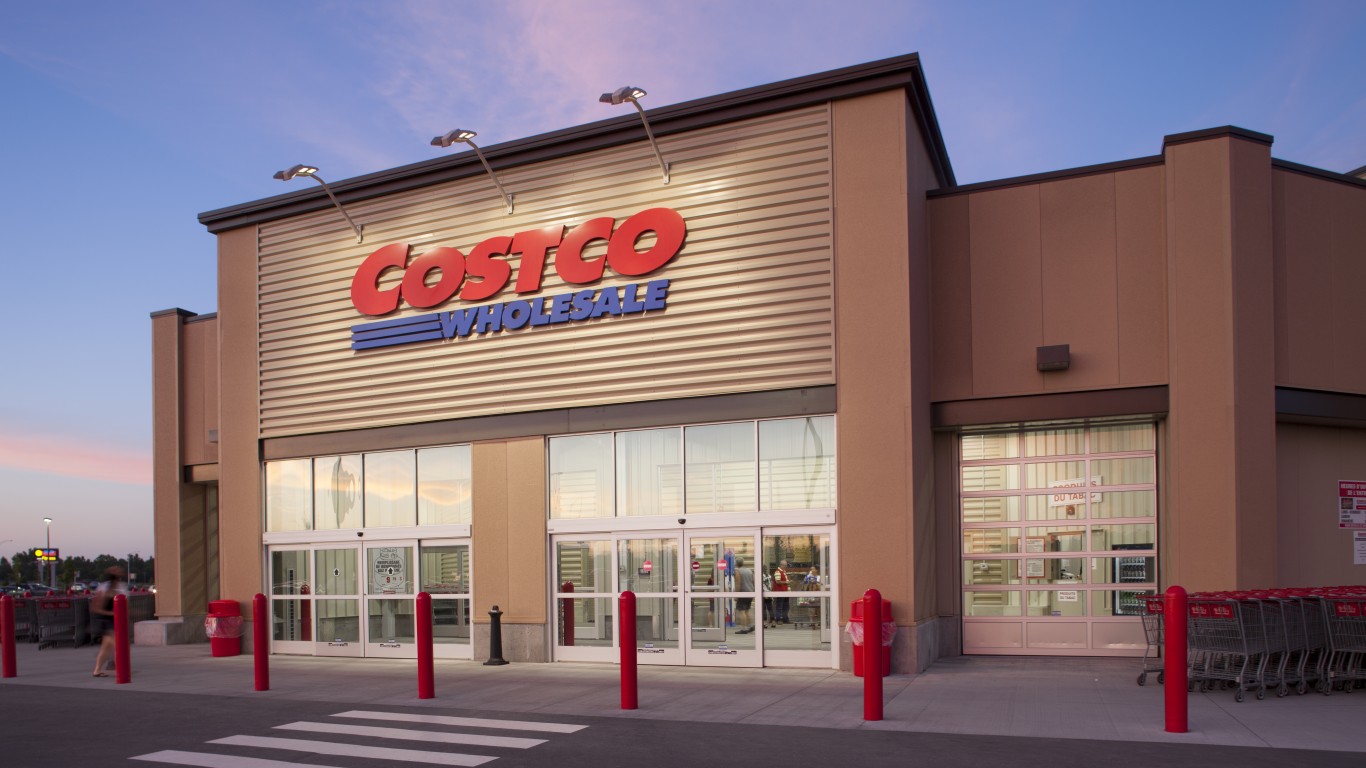
Walt Disney Co. (NYSE: DIS) has submitted its plans for a phased reopening of Disney’s Florida theme parks at reduced capacity in mid-July. While the news is good, it is obvious that Disney’s calendar second quarter of 2020 is going to be perhaps its worst ever, and the strong sales of the summer likely will remain muted until whatever the backside of the COVID-19 economy is finalized. The big debate investors need to have now, despite it having fallen too far in March, is whether Disney’s stock price should have rallied 40% from its lowest close in March.
Orlando’s Magic Kingdom and Animal Kingdom areas are now set to reopen on July 11, and the Epcot and Disney Hollywood Studios area are set to reopen on July 15. Both customers and staff will be required to wear masks and undergo temperature checks before entering the park. Social distancing squads will encourage visitors to remain six feet apart.
Disney’s theme parks closed in March in an effort to contain the coronavirus outbreak. The company recently named Josh D’Amaro as head of its Parks, Experiences and Products division. CEO Bob Chapek previously held that role.
The activities at the theme parks will be muted as well. Parades and fireworks presentations will remain suspended along, with the “meet and greets” where kids get to interact with performers dressed as the Disney characters.
Plexiglass will separate employees from customers in certain stores and cashless transactions are encouraged. As for the Disney stores, all customers age 2 and older will be required to wear a face mask, and in-store customers will be required to keep social distancing in place, with a limited number of shoppers allowed inside at each time. All in-store events will not yet resume. A Mulan doll that was released online only will be available in stores once they are opened, and Disney also will be selling facial masks with Disney characters on them.
After looking at the “new Disney experience” compared with how packed the parks had been, it is impossible not to say that the new moves effectively will be a complete reimagination of Disney’s park operations. The parks had been stuffed at maximum capacity (and perhaps then some) up until COVID-19 wiped that out. Drawing a comparison to the “now versus then” might not be appropriate to label for any of Disney’s characters.
With a closure of more than two months, the parks have now sat idle for longer than any time in the company’s history. More than 100,000 Disney workers also have been furloughed since the coronavirus news turned into the COVID-19 pandemic, and Disney also faces major content delays in the coming quarters due to total film production halts of new projects and interruptions during the middle of other filming projects.
It remains to be seen how Disney will juggle the actual attendance numbers, lower ticket sales, lower hotel and foot traffic while it has fewer employees on site. At the same time, Disney will have higher cleaning and sanitation spending than ever. Disney also did not disclose at what levels of attendance was needed to operate at profitability, but Disney has also said that it would not reopen the parks until covering its variable costs to open up.
Disney had reopened its China operations at Shanghai Disney earlier in May, with capacity capped at 30% (about 24,000 guests) with masks and other measures in place. The plans to reopen Disneyland are still being crafted, and a date for the parks in Southern California has not yet been set.
Wall Street firms have released few comments and estimates regarding the staggered reopening of the theme parks. One firm called Imperial Capital downgraded Disney to Underperform from In-Line and the firm trimmed its price target to $105 from $107. While that target would have implied well over 10% downside, Disney stock has risen over 20% in less than a month, and it was still up nearly 40% from its lowest close in March. Their take is that the gain was too far and too fast and that investors should take profits.
Independent research firm CFRA also has released its view on Thursday regarding Disney’s reopening plans. It points to operating at meaningfully lower than normal capacity and that the health and safety challenges could be very challenging during the COVID-19 cloud. This still at least marks whatever return to an eventual new normal. CFRA still has a Buy rating, but its $120 price target implies no upside, other than on pullbacks.
It was back in the first half of May that Disney raised another $11 billion in additional debt sales, with maturities ranging from 2028 all the way out to 2060. The company obviously was attempting to bolster its liquidity to get through a period of flailing revenues and reduced expenses. Its “use of proceeds” also noted that the company would use that cash to pay down debt and commercial paper, to pay down other obligations, to fund stock buybacks and dividend payments, and to fund investments and acquisitions. Disney still has a much higher debt burden than its historical balance sheet did due to funding the massive Fox acquisition.
Walt Disney stock traded down 2.4% at $118.75 a share on Thursday morning, and its lowest close in the sell-off was $85.76 on March 23. Its highest closing price since was this week’s $121.53 as it submitted the reopening plans, and that is still down from a high of $153.41 last year.
Thank you for reading! Have some feedback for us?
Contact the 24/7 Wall St. editorial team.


